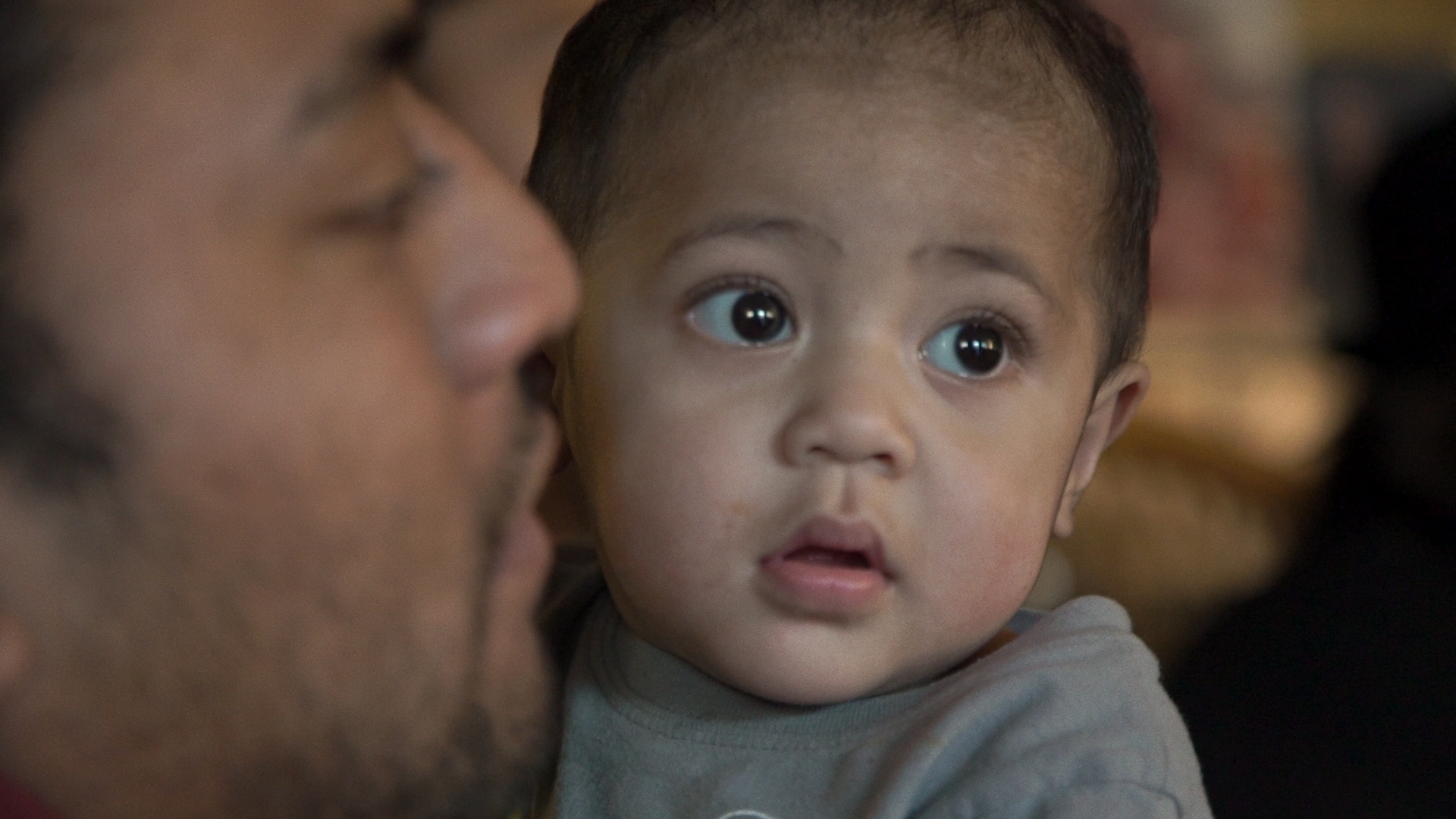Combining Data, Community, and Culture to Address Birth Outcome Disparities in Utah’s Native Hawaiian/Pacific Islander Communities
Brittney Okada, M.P.H., C.H.E.S.
Health Equity Specialist
Utah Department of Health
Dulce Diez, M.P.H., M.C.H.E.S.
Director, Office of Health Disparities
Utah Department of Health
When the Utah Department of Health (UDOH) Office of Health Disparities (OHD) disaggregated maternal and infant health statistics for Asians and Pacific Islanders in 2010, the outcomes were shocking. Since last reviewing the outcomes in 2005, the infant mortality rate for Pacific Islanders (PI) had almost doubled. Other birth outcomes disparities in pre-term birth, prenatal care, maternal obesity, folic acid consumption, and birth spacing also surfaced. Pacific Islander mothers and babies were no longer hiding in the healthier outcomes of their Asian comrades.

These findings prompted the OHD to conduct the first Behavioral Risk Factor Surveillance System (BRFSS) statewide survey in 2011 for Pacific Islanders in English, Tongan, and Samoan. Along with pioneering this multilingual questionnaire, the UDOH developed a surname list to sample the PI community. The larger sample sizes and additional languages provided new insight into PI health outcomes that had not traditionally been provided through the Utah BRFSS. The OHD augmented this survey with two focus groups.
All of the OHD’s efforts were grounded in principles of community-based participatory research with input from hired PI staff, PI community-based organizations, and PI community members. Community expertise pointed to unequivocal community silence surrounding the topics of birth outcomes disparities and the need to begin raising awareness. Since there were no existing health promotion interventions tailored to Pacific Islanders to address birth outcomes disparities, the OHD and community partners worked toward creating some.
A pilot project in 2015 and two additional phases of cohorts from 2016 through 2018 culminated in the It Takes a Village: Giving our babies the best chance (ITAV) project. ITAV is a community education and engagement series that raises awareness about maternal and infant health in the context of Pacific Islander cultural beliefs and practices. The four workshops are facilitated by trained community members and include informative PowerPoint presentations, interactive activities, and assignments. The workshops also include some of the only videos we’ve seen that feature all-PI community members.
However, what is really unique and innovative about the ITAV project is its thorough anthropological approach. Most prominent is its cultural framework, which mirrors the Pacific way of life. Participants join a village, which establishes the communal bond found throughout the Pacific. They become members of the village council, the governing body in the islands for important village issues. Finally, they gather in village meetings or fono, the venue for addressing village issues. The ITAV project borrows from traditional Pacific systems for resolving community problems in order to appropriately break the silence surrounding infant mortality and other birth outcomes disparities.

Within this framework, PI cultural wisdom and practices are woven together with current maternal and child health recommendations to engage and educate community members. This approach eases people into talking about difficult topics such as infant mortality, preconception health, and birth spacing, helping to make them more receptive to the health recommendations. For example: Originally, birth spacing was a particularly controversial topic.
However, through ITAV, community members identify with traditions like passing on cultural knowledge and wisdom from one generation to the next through the practice of storytelling. This begins right after birth on the mother’s forearm, also known as the kaliloa or ‘aliloa, where children rest their heads. Community members then learn how adequate birth spacing supports this practice. Demonstrating reciprocity between traditions and current healthy practices leads to increased knowledge and widespread acceptance of the recommendations.
After eight long years of investment, the OHD’s hard-won knowledge, broadly applicable to working toward health equity, can be summed up in three points:
First, data-disaggregation is foundational to uncovering health disparities and initiating work to advance health equity. Too often, disparate communities are swallowed up in a larger group similar to when Utah’s Pacific Islanders were combined with the Asian community. Although community numbers may be small, strategies like disaggregating by group but aggregating over time can be effective.
Second, allowing for innovation and creativity are key to achieving health equity. Traditional public health approaches, including prescriptive programs, are not designed for disparate communities, often leading to alienation instead of assistance. The OHD did not start with a solution in mind, choosing instead to work with the PI community over many years to tailor products to meet their needs.
Finally, intentionally focusing on community strengths promotes health equity. Identifying and addressing barriers is important, but not the whole story. The OHD focused on culture as a community strength instead of a barrier. This mindset will lead to efforts and products that resonate with community members and more seamlessly integrate into their lifestyles.
The ITAV project demonstrates that working toward health equity requires not only an investment in time, resources, and relationships, but also a willingness to veer away from conventional paths and venture into uncharted territory.
In October 2018, the ITAV project became a Promising Practice in AMCHP’s Innovation Station, with the recommendation to pursue the designation of Best Practice. The OHD is working toward this achievement. For more information on the ITAV project go to the OHD’s website and the ITAV website.
The ITAV project would not have been possible without federal funding from the UDOH Bureau of Maternal and Child Health (Maternal and Child Health Services Title V Block Grant) and the Federal Office of Minority Health (State Partnership Grant to Improve Minority Health), along with countless collaborations among UDOH programs and community partners.
